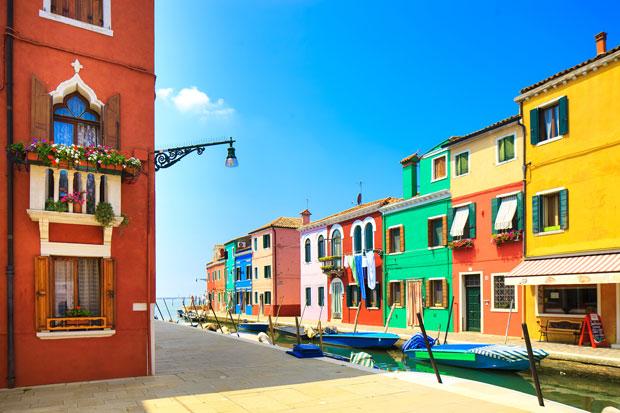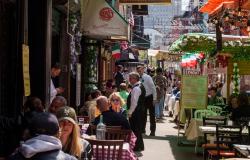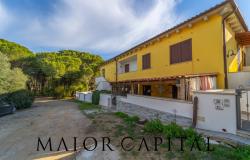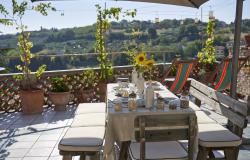We all love the kaleidoscope of colour that we so readily picture as being the essence of Italy. It obviously comes from Italian art and their world famous taste and elegance, but ultimately most colours we associate with Italian design come from nature – the fields of wild poppies in May, the sunflowers in July, the soil that changes hue as it is tilled and left to cook in the heat to create those beautiful shades of terracotta and siena amongst the green of the cypress trees. It comes from the abundance of fruit, Sicilian oranges and lemons, the olives and those red tomatoes blushing on village vegetable stalls. It comes from the white of the mountains, marble and snow, the blue of the sea and sky, and of course from that ever shining golden orb, il sole. But what about colours used in everyday language? Do Italians get blue with depression or do they say white lies? Let's find out how to use colours in common language expressions in Italian. Azzurro - BlueGiallo - Yellow Italians read 'gialli', meaning crime fiction. This colour referring to the genre is only used in Italy and is due to the Giallo Mondadori crime fiction collection, designed by Lorenzo Montano and published in Italy by Arnoldo Mondadori in 1929: the term giallo refers to the colour used on the cover. Nero - Black Italians can 'vedere tutto nero', see everything in black, be very pessimistic and focus only on the dark side of things. When they get angry, they get black with anger and they can even threaten to 'fare nero qualcuno', to get someone black, meaning beat him up. Finally, people can also 'lavorare in nero', literary 'work in black', meaning they work in an irregular way. Bianco - White When you are told to eat plain food in Italy, you will be recommended to 'mangiare in bianco', literary 'to eat white', and if someone pays you with a blank cheque that would be white too, 'un assegno in bianco', and if instead, you are told you have 'carta bianca' it means you are so trusted they gave you a free hand at doing something. Rosso e Verde - Red and Green In Italy when you are short of money you are not ‘in the red’ but 'al verde', literary 'at the green’, the colour a candle goes just before it extinguishes itself, and whether you are interested or not in blue movies, it is good to know they are actually red in Italy, 'film a luci rosse'.
Italian Language Lesson 9: The Use of Colours In Everyday Language

You may also be interested in...
Latest property in Italy
370 m²
7 Bedrooms
279000
66 m²
2 Bedrooms
179000
210 m²
4 Bedrooms
135000
150 m²
2 Bedrooms
835000
63 m²
2 Bedrooms
199000


















